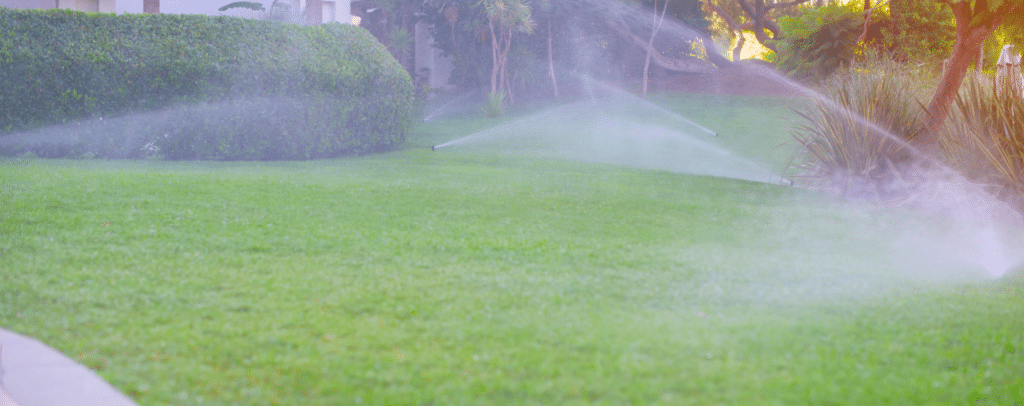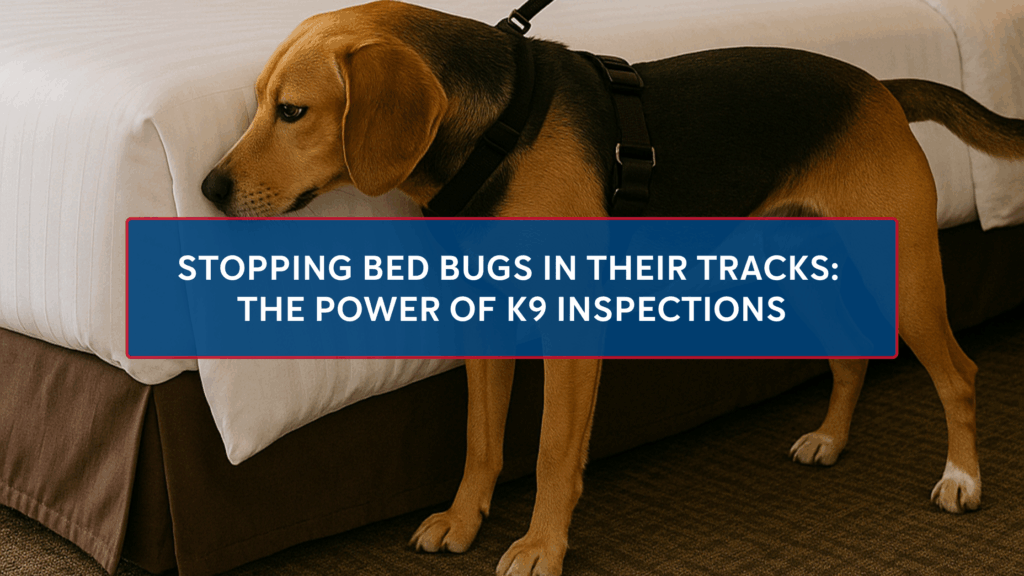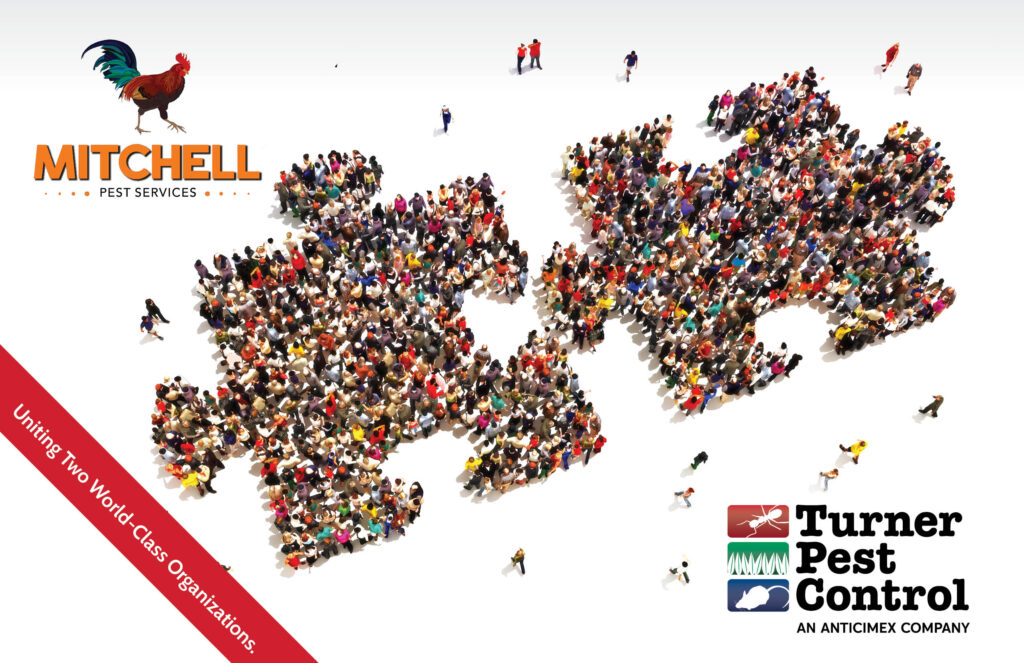You know that optimally watering your lawn is important, providing your grass and soil with enough hydration without going over, but what does that really mean? How little is too little and how much is too much? What else should you know and do?

What about fungi problems? What causes them and what are the warning signs? What’s important to know about lawn pest control? This post will answer these questions and more so you’ll have the information you need to have the healthy, beautiful yard you deserve. For an even deeper dive on the subject, here’s our lawn beautification guide.
Ideal Environment
Ideally, grass will be growing in healthy soil and receive the right amounts of sunlight, fertilizer, and water. Appropriately aerating can also help to optimize the health and beauty of your lawn. In this post, we’ll focus first on watering grass and what can happen if there’s too little or too much moisture. How much you’ll need to add will depend upon the amount of rainfall you’re receiving as well as the type of grass you have on your lawn.
Then we’ll switch to an overview of weed and fungi management and share info about our lawn pest control services.
Too Little Water
Grass is a plant, and one of the most common reasons that a plant doesn’t thrive (and may not survive) is underwatering. Therefore, grass that doesn’t get enough moisture will not be healthy; won’t have enough cell and tissue rigidity; and will struggle to stay upright. In other words, the blades will wilt. The hue of the blades will change from a beautiful shade of green to straw, yellow, and/or brown.
The soil that the grass is planted in will likely be dry. When you step on your lawn, the grass blades won’t spring back and the spot maintains a footprint.
Too Much Water
To fix underwatering or to prevent that from happening, it’s easy to overwater. This, however, can actually suffocate your lawn because pockets of air in the soil provide grass roots with the oxygen they need. Water overage needs somewhere to go and, in this case, it can fill up the air pockets in the soil and suffocate your grass.
Plus, when you make it too easy for roots to find moisture, they don’t need to grow in search of a drink. The result? A shallow root system that’s more vulnerable to disease—and an environment that’s ideal for things you don’t want: weed, fungi, and pests (including fungus gnats, grub worms, and more).
Additional signs of overwatering include a spongy feel when you walk on your lawn, standing water, and thatch buildup.
Recommended Watering
In general, your lawn needs one to one-and-a-half inches of water per week to maintain color and active growth. Most lawns need watering twice a week for 45 minutes to an hour to avoid stress. These watering guidelines are not universally true, of course, because they can vary, based on where you live.
To monitor how much water you’re putting on your lawn, get an empty can that’s about an inch deep (tuna fish and cat food cans work well) and place it where you’ll be watering. When it’s filled, you’ll then know to move the sprinkler to the next part of your lawn. When you’re watering grass that’s located near pavement or curbs, you’ll probably need to give that area more water because the heat buildup that occurs there will dry out the soil more quickly.
If given a choice, water early in the day when lawns are normally wet from dew. If you water in the middle of the day, it won’t get enough because of evaporation. If you do so at night, your yard will stay wet too long, which makes it vulnerable to the same conditions as overwatered lawns.
Water as infrequently as possible and, each time that you water, the goal is to use enough so that the liquid can reach the roots of the grass. Exceptions to this rule include newly seeded lawns (they just need a moist surface); newly sodded lawns that haven’t yet rooted into the soil; and when you’re addressing issues with summer patch disease (also called Poa patch, summer patch disease is a fungus, Magnaporthiopsis poae, that can damage or destroy large areas of your lawn) and other fungal challenges (more about two other types later in this post).
Role of Temperatures
As the temperatures heat up for the year, that doesn’t mean it’s automatically time to water. In fact, allowing lawns to start under mild drought stress actually increases rooting for the reasons referred to in the overwatering section of this post.
During extremely hot weather conditions (where nighttime temperatures remain above 70 degrees), water your yard in the late afternoon or early evening to allow more water to reach grass blade roots. (Sometimes, watering time restrictions will prevent this from being possible.)
To help conserve water while still keeping your lawn healthy and dense, mow your lawn at a higher than normal height. Limit how much people walk over your yard; improve the rooting of your turf; and control thatch compaction.
Preventing Weed and Fungi Growth
Providing just the right amount of water (and no more) and otherwise maintaining a lush, healthy lawn can help you to manage weeds and fungi, two things you don’t want in your lawn. When you have dense turf, there’s less room for weeds to become firmly entrenched. Plus, even if there are weed seeds, a nice, thick lawn will help to prevent sunlight from reaching them, which will deprive them from what they’d need to grow.
Plus, when there’s too much water—whether from heavy rainfall, over-irrigation, or ongoing periods of high humidity—this provides a great environment for brown patch fungus, more formally known as Rhizoctonia blight. Early signs can include yellow patches that turn the color of straw or brown. You might start with small circles of this disease but, as the fungus spreads, the rings can end up being several feet across. When grass is closely cut, there may be dark brown or gray rings around the edges, another sign that the brown patch fungus is spreading. Or you might see rings that still have healthy grass in the middle.
No matter how this fungus is harming your grass, if it’s not addressed, this disease can spread across your yard, killing the grass along the way. Prime season for brown patch fungus is typically November through early spring with this disease able to attack cool- and warm-season grasses alike.
Gray leaf spot turf disease can cause lots of problems if you’ve got St. Augustine grass in your lawn. Grass that’s affected by this fungus will have oblong spots. The outer edges can be olive green or brown with gray in the middle. If the fungus spreads across the yard, impacted areas can look scorched; touch the blades and they’ll probably feel like felt.
To protect the health of your lawn, water in the optimal amount, adjusting for the amount of rain you’re getting and humidity you’re experiencing. Additional tips include to:
- Fertilize appropriately, limiting the amount of nitrogen fertilizers for warm-season grasses in early spring and fall.
- Mow your lawn to the right height for the specific kinds of grasses you have in your yard.**
- Don’t mow any more than one third of the grass length during one cutting and wait the appropriate amount of time before moving again.**
- If you only cut one third of the grass blades, you can typically leave the clippings to decompose and provide soil nutrients.
- Avoid cutting grass when it’s wet.
- If you have areas of your yard in shade, prune shrubs and trees to allow in more sunlight.
- If you have areas where soil doesn’t drain well, reduce thatch accumulation.
- If you have diseased areas of your yard, don’t mow across them because this can cause the problem to spread. Instead, address the fungi or other disease first.
Here are optimal heights and periods between mowing:
- Common Bermudagrass: 1.5 inches/3 to 7 days
- Hybrid Bermudagrass: 1.0 inch/3 to 7 days
- Centipede Grass: 2 inches/7 to 14 days
- Seashore Paspalum: 1.5 inches/3 to 7 days
- St. Augustine Grass: 2.5 inches/5 to 7 days
- Zoysia Japonica (coarse bladed): 1.5 inches/7 to 10 days
- Zoysia Matrella (fine bladed): 1 inch/5 to 7 days
Lawn Beautification Services
From mowing to weed management and from fertilization to micronutrient “green up” treatments and more, our experts take the work and worry out of having a lovely outdoor space to enjoy. In fact, we beautify lawns, year round.
Lawn Pest Control from Turner Pest Control
For a beautiful yard, lawn pest control is also crucial. Problematic critters in our area can include mole crickets, sod webworms, armyworms, chinch bugs, lawn grubs, ticks, mosquitoes, moles, fire ants, and more. To help, as part of our lawn and outdoor services, we’ll tackle the pests that can mar the health and beauty of your yard.
We’ll provide an initial inspection to identify any problems and assess your lawn’s condition. Our experts will check for weeds, fungi-related diseases, and pest infections. We’ll share our findings with you, along with a personalized plan for your specific needs. This customized estimate will be based on your property’s square footage, so you’ll never pay more than you need to for lawn beautification and lawn pest control services.
Throughout, we’ll keep your family and pets safe from dangerous chemicals, treating your yard like you would. Our trained technicians will treat your lawn every eight weeks and after we’re done, you’ll follow a treatment up with an irrigation system to water your yard 48 hours later. If any issues arise between visits, let us know. We’ll return for retreatments to keep all under control.
To get started with a free inspection and no-obligation estimate, contact us online or call 800-225-5305.



